Cambrian
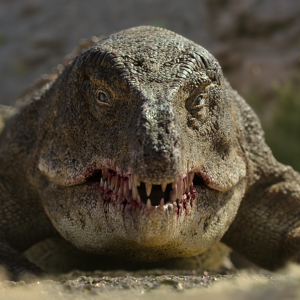
Life On Our Planet
Published on October 25th, 2023 | by David Marshall
We're granted exclusive access to this new Netflix documentary... Read More →

The Devonian period is a division of earth’s history spanning from around 419 to 359 million years ago, and during which vertebrates became far more ecologically diverse. The Devonian is often called the age of fishes owing to their abundance and diversity during this period. The Early Devonian is characterised by the jawless armoured ostracoderm fish. Later, these were largely replaced by jawed fish such as placoderms, some of which reached over 9 meters in length and were the top predators of their day. The land was transformed by the evolution of the first forests. At the same time, lobe-finned fish began to evolve limbs, a rigid skeleton and increased air breathing capabilities, gradually leaving the water to become the first land-living vertebrates. The Devonian was a tectonically active period in which the continents began to drift together. It had a relatively warm climate and consequently the planet probably lacked ice caps. The end of the Devonian is marked by a mass extinction event.

Published on October 25th, 2023 | by David Marshall
We're granted exclusive access to this new Netflix documentary... Read More →
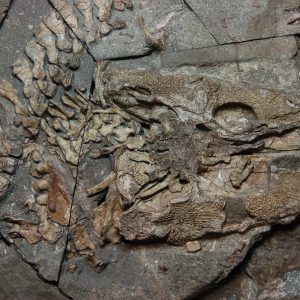
Published on May 31st, 2020 | by Vishruth Venkat
Prof. Mike Coates and Ben Otoo both join to discuss Jenny Clack's Legacy... Read More →
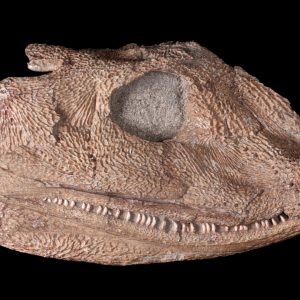
Published on May 1st, 2020 | by Liz Martin-Silverstone
Early tetrapods include the earliest animals to grow legs, and their closest ancestors. Moving from the water to land required a number of changes within the skeleton and muscular system, related to moving from swimming to [&hellip... Read More →
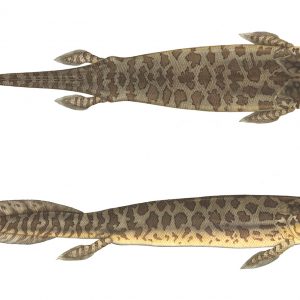
Published on May 24th, 2019 | by Vishruth Venkat
One of palaeontology‘s great themes of questioning is the rise of novelty: how new structures and functions arise in specific lineages. In this episode we speak with Neil Shubin, Professor of Organismal Biology at the University [&hellip... Read More →
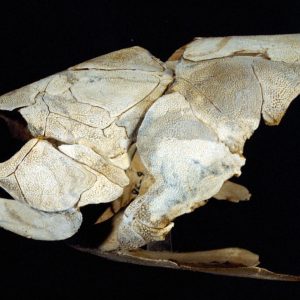
Published on December 1st, 2017 | by Guest Blogger
Professor John Long is an early vertebrate researcher at Flinders University, Australia. He is most famous for his work on the three-dimentionally-preserved fish from the Gogo Formation, North West Australia. In this interview, Dr Tom Fletcher [&hellip... Read More →
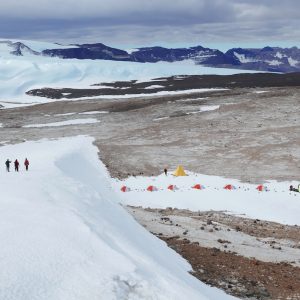
Published on August 1st, 2017 | by Caitlin Colleary
The transition of fins to limbs is one of the most significant in the history of vertebrate evolution. These were the first steps that would eventually allow tetrapods to go on to dominate so many terrestrial [&hellip... Read More →
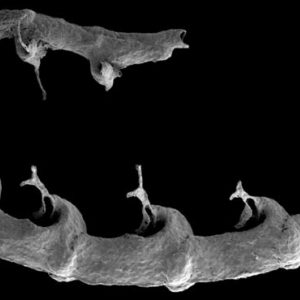
Published on October 15th, 2016 | by Laura Soul
Graptolites are small colonial organisms, each made up of many tiny, genetically identical zooids joined together by tubes. They’ve been around since the Cambrian and at times in Earth’s history have been very morphologically and taxonomically [&hellip... Read More →
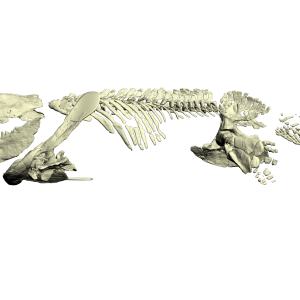
Published on January 15th, 2016 | by Liz Martin-Silverstone
One of the most difficult aspects of palaeontology is understanding how extinct animals moved around. It’s one thing to find a fossil and reconstruct it’s morphology, but it’s completely another to put that morphology into action [&hellip... Read More →
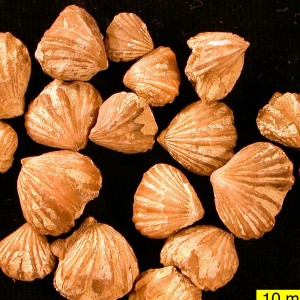
Published on February 1st, 2015 | by David Marshall
Brachiopods are some of the most common fossils to be found in rocks worldwide. Their thick, hard and (often) calcareous shells make them preferentially preserved in the fossil record. We probably all have found one, but [&hellip... Read More →
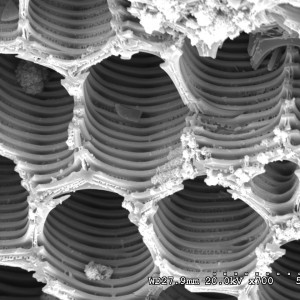
Published on October 15th, 2013 | by David Marshall
Most people would consider fire to be an entirely destructive process, however given the right circumstances organic materials can be exquisitely preserved by charcoalification. We no doubt all know charcoal from the BBQ, but how many of [&hellip... Read More →